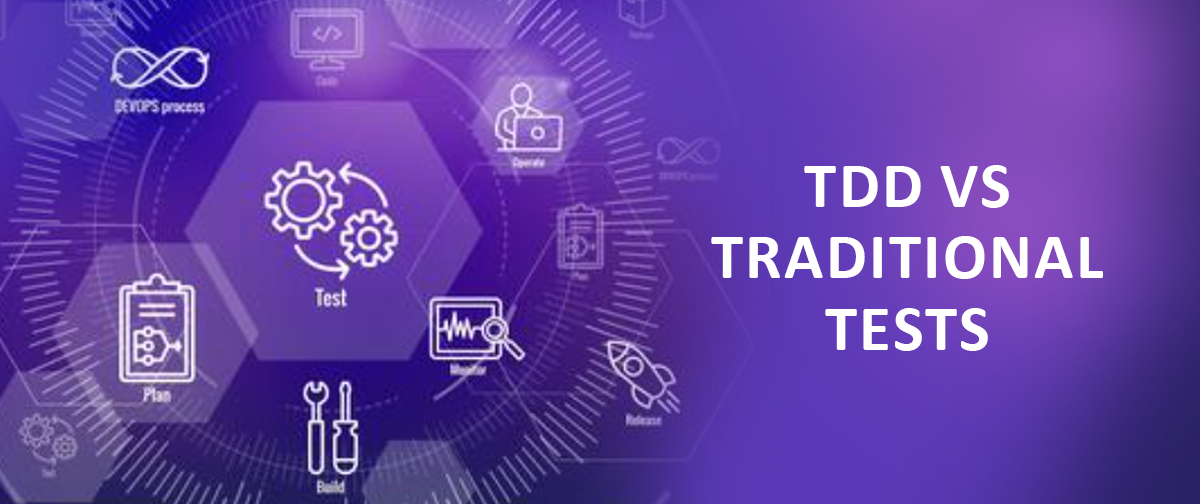
Test-Driven Development (TDD) is a famous and generally-used development methodology in the world of software. Programming is demanding, so the code errors do. It is crucial to identify bugs and errors during software development. This will increase the quality and efficiency of the product. Therefore, if you are an agile software developer, TDD is the […]
Test-Driven Development (TDD) is a famous and generally-used development methodology in the world of software. Programming is demanding, so the code errors do. It is crucial to identify bugs and errors during software development. This will increase the quality and efficiency of the product. Therefore, if you are an agile software developer, TDD is the best practice you should use during software development.
This article describes the basic concepts of test-driven development (TDD). You will learn what test-driven development is, why you should be using it, how to implement and what frameworks are most suitable to do that.
This article is part of three articles:
According to Test Driven Development, TDD can be described as to “only ever write code to fix a failing test”. Test coverage under TDD is higher compared to the traditional development models. This is because the TDD creates tests for each functionality right from the beginning. Below is the main difference between Test-driven development and traditional testing:
Like any other development methodologies, there are some pros and cons associated with Test-Driven Development. Here, we list some of the disadvantages of TDD.
Finally, test-driven development generates better code that is more fault-tolerant. The final results of TDD are depending on the tests that have been used, the accuracy with which they have been done, and the conditions encountered by users of the final product.
Although the code is constantly enhanced and altered in various ways, it ensures consistent quality and leads to a more flexible codebase. TDD works incredibly well in usage and we think that all software developers should consider adopting this methodology. It would be cool if they have a technique that can virtually eliminate the need for debugging, and alert you to programming mistakes after you’ve made them.
TestCrew is keen to implement quality tests regularly as well as provide international standards software-testing training. TestCrew also provides all technical, functional, and non-functional software quality test services related to user experience, which ensure the security and protection of end products from vulnerabilities and the risks of penetration, as per the standards of ISTQB and Test Maturity Model Integration Professional certification (TMMi).
In addition to that, TestCrew also offers software quality consulting services, you can also know more about what we do by visiting the various communication channels mentioned on our page, LinkedIn, email, or through our unified number.